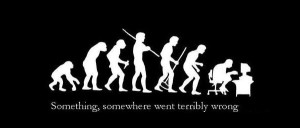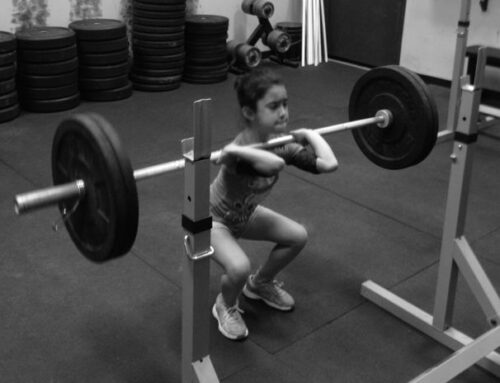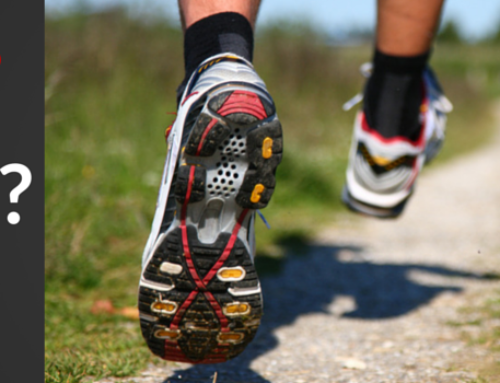If you look back to our society anywhere from 80 to 1000 years in the past, it’s plainly evident that we’re weak when compared to our ancestors. The main reason for this sad state of affairs is a little invention known as the chair, coupled with the general need to make everything easier for ourselves. Don’t get me wrong, I love to chill out and sit as much as the next guy – but not without training hard, and more importantly, training smart. This blog entry is mainly focused on what happens when we sit down (also known as ‘get weak’) for most of our lives.
If you have major imbalances among your muscles and bones that make it extremely taxing to maintain proper alignment, and ultimately make it harder to maintain homeostasis when it comes to posture, you, my friend, are a weak person. And it’s the imbalances’ fault. And your fault for developing them.
I target the chair as the culprit because it puts our bodies in a position of flexion, and most of us are in the seated position all day. The entire spine and many joints that act on the muscles in the anterior chain of the body are pulled into an undesirable, flexed position. Being in this position for a prolonged time is the equivalent of keeping a muscle in a constant shortened position; although you may not feel it flexing, you can bet the muscle is on and this will (over time) make the muscle rest in that shortened position. Think about it: How long during the day do most people function in the flexion position? Let’s start at night when you go to sleep. Most of us sleep in a position of flexion. Brushing your teeth in the morning? Position of flexion. Eating breakfast? Driving to work? Sitting at work? Position of flexion. Driving home? Watching TV? Heading to bed? You guessed it – Flexion.
At bedtime, the vicious cycle of flexed spines, complete with its accompanying gamut of postural and physiological issues, continues.
Major Issues with the Seated Position and their Long Term Effects
The main muscles that tend to be tight from resting in a shortened position are the muscles of the neck such as the sternocleidomastoid and short cervical extensors, the muscles of the shoulder girdle such as the pec minor and anterior deltoids, the rectus abdominis and muscles of the hip girdle like the psoas group and the adductors group. Upper leg muscles including the biceps femoris, tensor fascia lata and illotibal band round out the list of muscles that promote a far from desirable posture for the body whether seated, standing, walking, running, jumping, crawling, dancing or lifting. Pretty much all of the muscles in and around the enitre upper back and all aspects of the glutes become so weak from all of this.
Summary / The Solution / What Next?
Do I expect the human race to stop using chairs, or put a halt to ergonomic technology? NO! And this is precisely why I strongly believe strength training is mandatory. Simply going for a run or doing some form of traditional cardio isn’t nearly enough. You won’t fix these issues; in fact, there’s a good chance could be making them worse. Learn how to deadlift safely and effectively so we can reverse this deadly trend of weak, misaligned spines. Remedy the issue in a controlled environment so that resisting gravity alone, or external loads such like groceries, babies or even the high demands of many sports people play and often take for granted becomes as easy as 1-2-3.
The Best Exercise, Period/ The Moneymaker Movement
The Deadlift in my eyes is a beautiful, big bang for your buck exercise that will help slowly reverse all the bad habits the dreaded chair has helped you attain. When done and progressed properly, deadlifts can give you a healthy backside and body (in terms of strength, force production, and force transfer). If you hate lifting weights, learn to love it. In my professional opinion, you still have to lift weights to maintain and sustain your health (I hate paying my mortgage or property taxes but I know if I don`t do it I might be homeless). Start by learning the deadlift, and learn it well. Progress with it using any progressive variable – load, time under tension, rest changes, or others. You should be able to continue to stay tall, upright and strong. You know, the way we humans were meant to be. Everyone NEEDS to strength train.
P.S. If you have a job where you are upright throughout the day for many hours, you’re not home free. I still think you should strength train, though it is not as imperative as the person sitting all day. We are meant to move, so MOVE!! Learn how to overcome more than just gravity!



